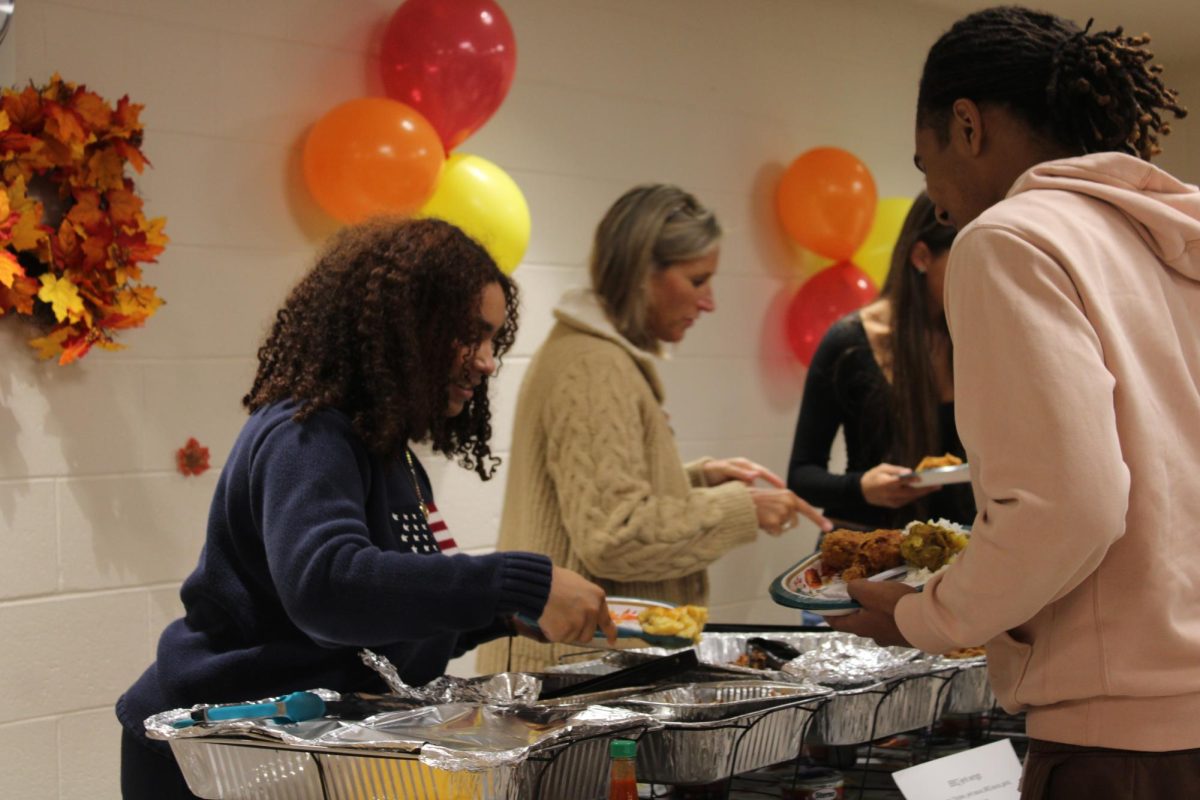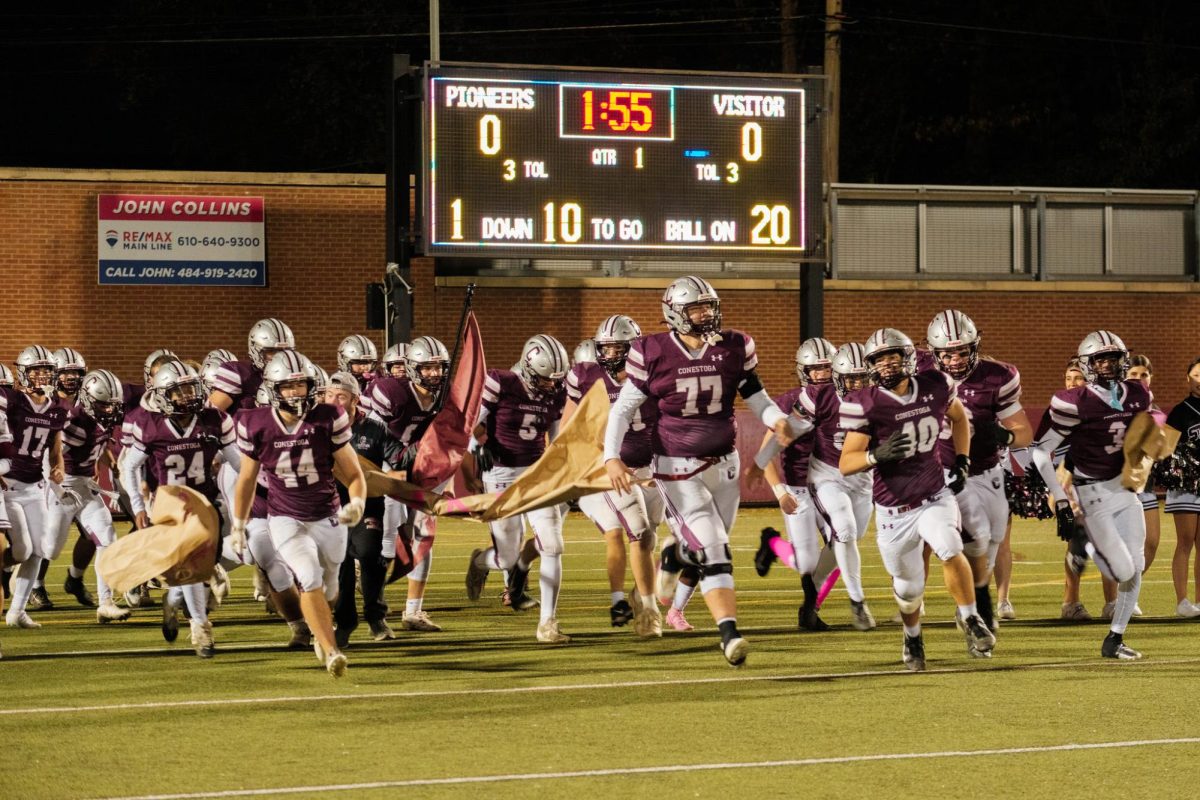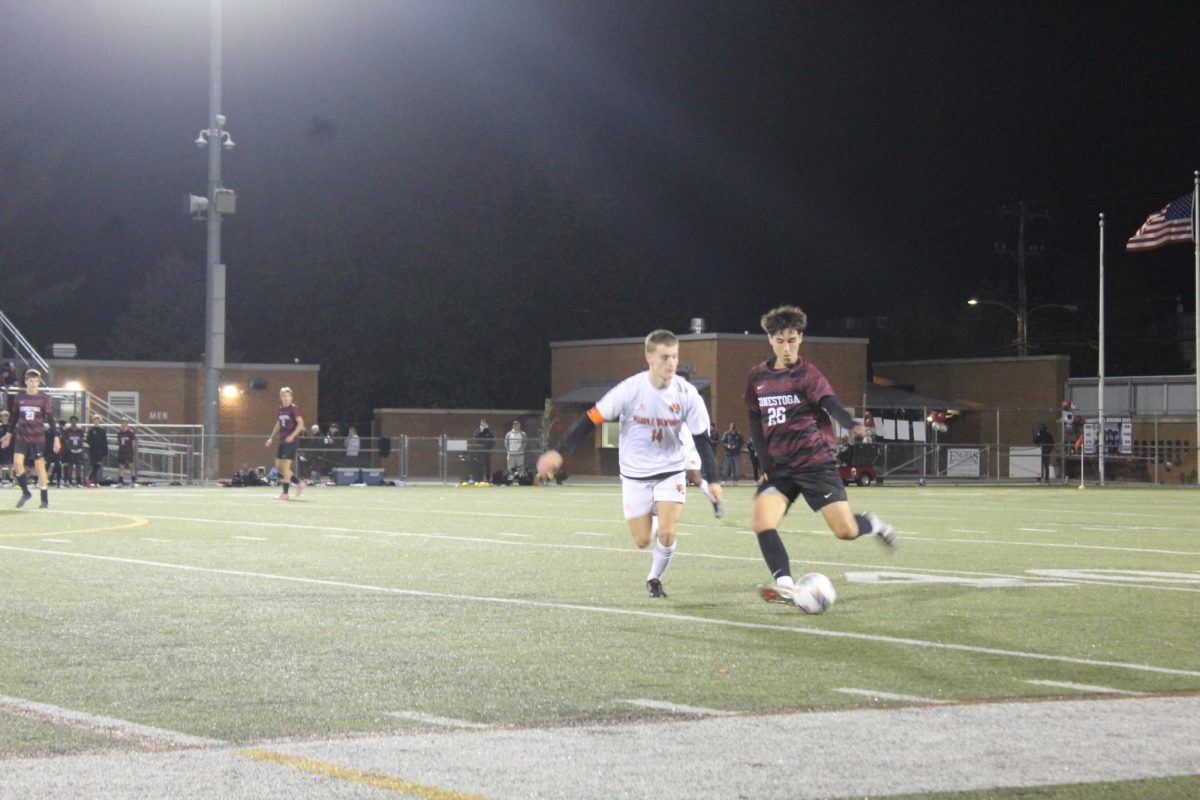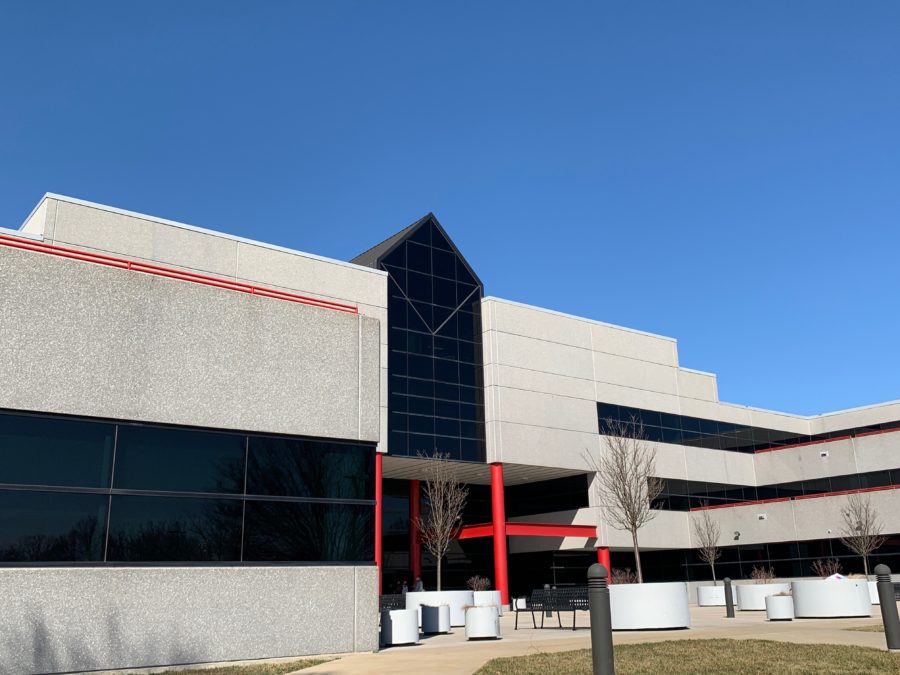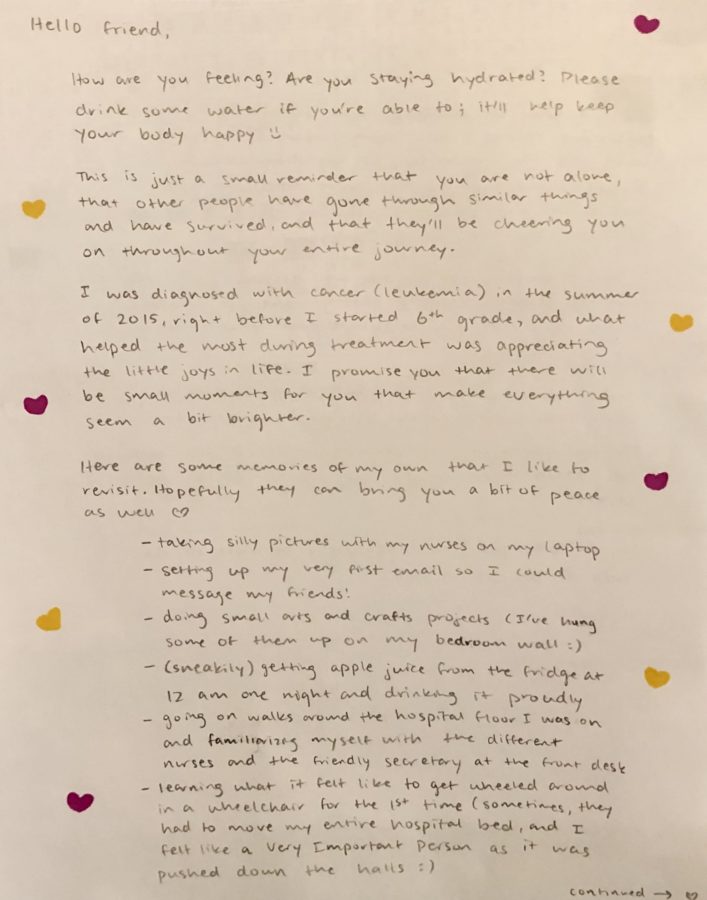By Ananya Kulkarni and Umar Samdani, Co-Editor-in-Chief and Co-T/E Life Editor
As votes were tallied over the course of the election week, threats of unrest and Supreme Court litigation had the nation on the edge of its seat. When the long and tumultuous counting process finally came to a close on Nov. 6, President-elect Joe Biden claimed victory in an acceptance speech that came two nights later. And while half of the nation breathed a sigh of relief, the other half lamented former President Donald Trump’s failed re-election bid, with some — including the president himself — outright refusing to accept the result.
So who really won Election Night in 2020?
The answer remains unclear because America lost to the polarization that engulfed the nation all the way down to Chester County. In the 2020 election, 57% of the county voted for Biden with 40% voting for Trump. The result came down to a difference of just over 55,000 votes with Biden holding a lead, which allowed the county to go blue.
This election marks the widest ideological divide Chester County has seen since 2008. In fact, the difference between votes for Trump and former candidate Hillary Clinton in the 2016 election came down to a significantly lower 10% in comparison with this year’s 17%. In 2012, the difference between votes for former candidate Mitt Romney and former President Barack Obama came down to an even lower 0.5%, with a tallied difference of just over 1,000 votes.
In a school-setting
The effects of this trend have a tangible impact at the highest levels of government, via gridlock in Congress, which is accompanied by difficult consequences, such as the government shutdowns the nation saw in the last 4 years. On a local level, students such as senior Sophia Serbu also noted a lack of separation between politics and personal relationships at ’Stoga in the midst of the 2020 election, which she found to be disheartening.
“I have seen tensions between some people’s friends over political views, which I personally think is unfair. Politics shouldn’t get between friendships, and people should be allowed to support which candidate they want to support without facing backlash from others,” Serbu said.
The increased polarization in the area has implications in the classroom as well as. Junior Linc Zdancewicz, the vice-president of Young Republicans Club, notes that he wishes students spent more time explaining their positions rather than “canceling” each other.
“Right now, as you see, there’s so much polarization, and I think that comes from both sides. You can’t just blame it on one person,” Zdancewicz said. “For example, someone who has very conservative views and gets absolutely demolished by people in his classroom because they’re more liberal. I think that’s wrong. They should be like, ‘I’ll politely disagree with you, and I’ll tell you why I disagree with you.’”
In order to allow students to bring forth their opinions from a place of information and to encourage the kind of productive conversation students are looking for, many social studies teachers provided their students with daily updates and data from reliable sources to help them process the complicated nature of this election. Government teacher Katie Walter addressed some of her students’ questions and concerns in her own classroom.
“We got right into our election unit and covered how elections work so that students could understand what was happening with the election. Going over a little bit about federalism, they understood that each state had its own laws, and that’s why it was likely they wouldn’t know the result on election night,” Walter said.
The increasing presence of politics outside the classroom
In addition to the growing levels of discussion in the classroom due to 2020 being an election year, many students noticed increased levels of political participation through engagement on social media.
“I remember I woke up on election day around like 10. And then I went on Instagram and on Snapchat, and I saw so many people from Conestoga posting that they had already voted, which came as such a surprise to me because honestly, knowing teenagers, I thought people wouldn’t go until like two or three in the afternoon. But to see that so many people were up by 7 a.m. when the polls opened and voted, that made me feel really happy,” senior Lena Pothier, president of New Voters, said.
While social media did allow for some positivity on Election Day, it didn’t come without drawbacks and was one of the many forums in which ’Stoga students have witnessed differing attitudes on either extreme of the political spectrum. Due to the rise of platforms such as Instagram and TikTok, the growing gap within our county comes as no surprise, as it also reflects the trend of online polarization observed throughout the nation. According to data gathered by the Proceedings of the National Academy of Sciences of the United States, “there is mounting concern that social media sites contribute to political polarization by creating ‘echo chambers’ that insulate people from opposing views about current events.” Senior Katie Chuss, president of the Young Democrats Club, shared how she was particularly shocked by the negativity surrounding voting for a particular party that she saw on her Instagram feed.
“I think what stood out to me the most on social media was on Election Night, someone I followed posted a picture of a cake she had made so it wasn’t a spur of the moment decision. It was written in frosting, and it said ‘make liberals cry again’. And there was something so appalling to me about the idea of choosing who you’re voting for in order to cause others pain,” Chuss said.
Though this was a tense election that called on many Americans to evaluate their opinions on a wide range of emotional and pertinent issues ranging from race relations to a COVID-19 response plan and to ultimately make a weighty decision, Pothier urges understanding and patience in those dissatisfied with the election result.
“For people who aren’t too happy about the results of the election, I understand. But I hope that you keep an open mind to what this could be. It seems like there’s not much to lose from a Biden/Harris administration. There’s a lot to lose for a lot of people in a Trump administration. So I encourage those people to keep an open mind and maybe look outside of themselves and see how maybe women or people of color or immigrants or LGBTQ+ people might be feeling from the differences between a Biden/Harris and a Trump/Pence administration,” Pothier said.
Role of widespread allegations of voter fraud in the post-election climate
Though the eventual acceptance of the election results will require civility from the losing side, the country still remains at odds with its own democratic process when claims of voter fraud engulfed the political sphere following a projected win for Biden. Though some of this non-acceptance is being justified by the widespread use of mail-in voting due to the ongoing COVID-19 pandemic, students at the local level see it as yet another effect of the polarization rippling through the country.
“It (voter fraud claims) is a result of polarization, as Trump himself is a result of a rise of populism, which is itself polarizing. But the voter fraud allegations themselves are significantly less of an issue in the way we think about political issues as it is far more about one man than a political pattern. But Trump’s rhetoric of us vs. them is the endgame of political polarization, so the two can’t be wholly separated,” Chuss said.
In order to combat some of the misinformation circulating around the mail-in ballots and vote-counting process, Walter has continued to provide students with bipartisan research on a range of topics to help her students navigate this current climate.
“This has become an incredibly important practice as claims of widespread voter fraud began flying with the conclusion of the election,” Walter said. “I think sometimes students have this sense that there’s widespread voter fraud because that’s a narrative that we hear a lot, but we present them with information from both liberal- and conservative-leaning research organizations and think tanks. And we hope that they can kind of draw conclusions from that data and come to their own understanding based off of the data that’s presented.”
Increased youth participation
Though increasing polarization is having a negative impact on the youth, it is important to note that youth turned out at the polls in the highest numbers recorded in history at 53%, surpassing the previous 51% record set in 2008. Many ’Stoga students not only voted in the 2020 election but also showed up in other ways, from phone banking to canvassing to volunteering at polling stations to organizing protests in order to civically engage with their communities. In fact, junior Clara Steege, Electoral Lead for Sunrise Berwyn, was able to phone-bank for the Pennsylvania Democrats to combat the polarization the community is currently facing by facilitating a conversation.
“Phone banking definitely isn’t always super fun. There are lots of people who do not want to talk to you, so as soon as they hear that you’re calling with Pennsylvania Democrats or whatever, they’ll just hang up, or they’ll yell at you or they’ll do things to waste your time or antagonize you. It can definitely be stressful for a lot of people,” Steege said. “But you do get positive calls as well. So you’ll get to have a conversation with people. And maybe someone wasn’t planning to vote before, but after hearing all the information that you’re sharing, they do decide to vote. So that definitely makes the less positive calls worth it.”
While phone-banking among other efforts to reach out and facilitate conversation in this tense climate may not always remain productive, they serve as a medium for the youth to continue breaking down the rigidity of the nation’s current collective mindset in hopes of reaching a more empathetic and flexible version of politics in the future. Pothier reminds the youth to stay active and take some time to reflect on this election as well as the future Biden administration.
“To new voters, people who voted for the first time this year, keep voting, vote in every single election, don’t just vote in the presidential elections, vote in your Senate elections, vote in your local elections, in your House of Representative elections, because truly, in order for democracy to work, everyone has to participate. It cannot just be those few that are going to vote in every single election. In order to see the nation that you want, you need to keep voting,” Pothier said. “For people who are happy about this outcome: just take a deep breath, relax, be happy, and then still be critical when the Biden/Harris administration messes up, right? They’re still people, no one’s going to be 100% perfect. Call them out. But for now, it’s OK to take a breath.”






